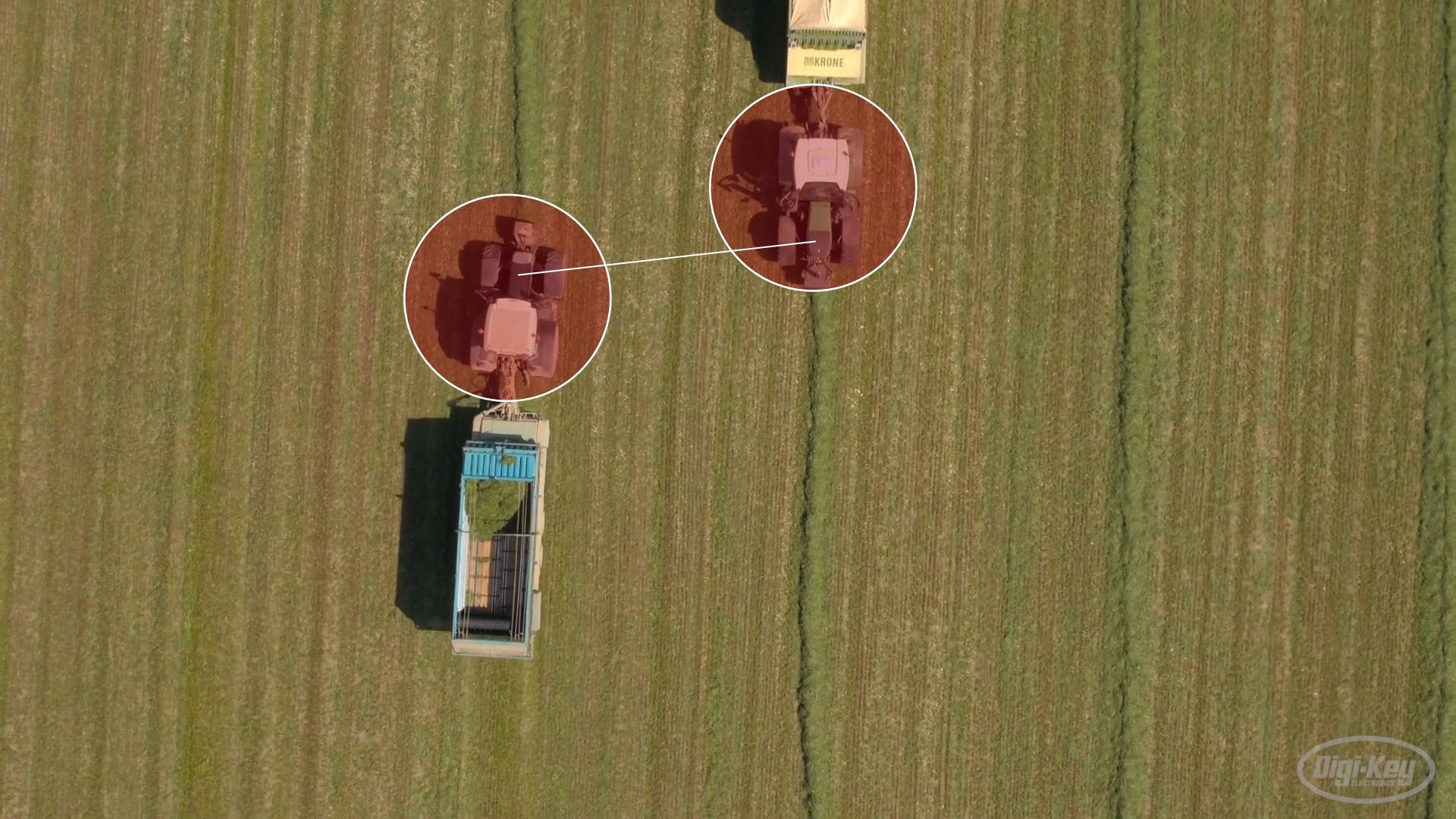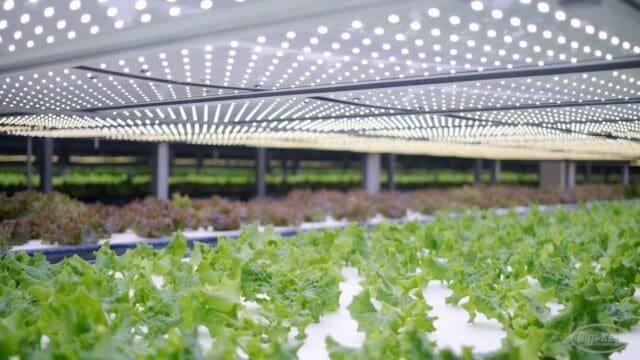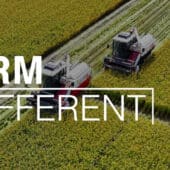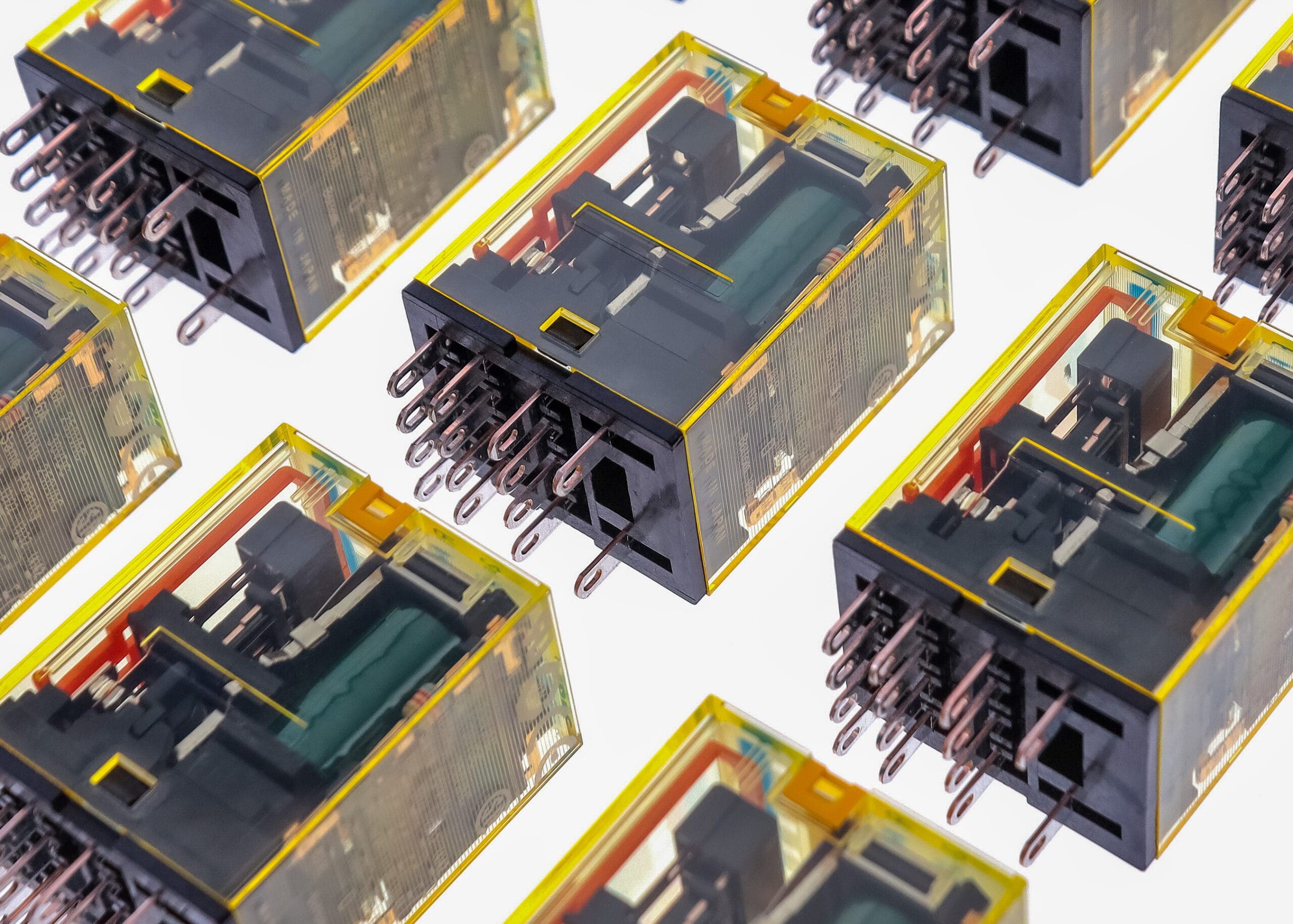Josh Mickolio, Director of Supplier Business Development, Wireless, Digi-Key Electronics
The future of agriculture looms on the horizon: a future in which technology will be harnessed to provide greater control over nearly every aspect of the farming process and beyond. These technologies, including automation, artificial intelligence (AI) and machine learning (AM), make precision agriculture a reality by generating new insights and enabling cutting-edge capabilities that have not been possible with traditional farming processes. . Now, with new information in hand, growers and farmers can dig deeper and understand exactly how to get the highest quality yield from each species they work with, all while using less energy and resources than ever before. It is sustainable agriculture brought to life to better support and serve our changing planet.
When agricultural stakeholders embrace and take advantage of emerging technology to create true connectivity in the growing and distribution processes of food, they will not only overcome many of their current challenges, but all the decisions they make will be informed by the results as well. . Farmers and farmers do not seek or need new solutions that just sound interesting or end up creating more work for them; they need real-world systems that solve their real-world problems, and fortunately there are readily available technologies that help do just that.
Challenges in the sector with broad impact
In recent years, the agricultural sector has had to face the same problems as other sectors and some more. As inflation rises, farmland could be affected by long-term rates that alter purchasing decisions; Ongoing supply chain challenges are affecting the availability of critical components needed to keep equipment running smoothly, and debated agricultural policies could influence future food prices. However, the sector also faces other deep-rooted challenges, which affect not only growers, farmers and their partners and suppliers, but the world at large:
- Population growth: In November 2022, the world population reached eight billion, just 11 years after surpassing seven billion. Much of the growth (70%) was reported to have come from low- and lower-middle-income countries, where the growth trend is likely to deepen in the coming years. Rapid population growth creates the need for more food and faster production of it, although many of these regions are also affected by increasingly intense changes in their climates, which have negative repercussions on their ecosystems and, therefore, in its food quality and safety.
- Waste of food: What happens after the food leaves the farm—tracking where it goes and how it gets there—is a step in the food distribution process that needs a lot of attention. It is estimated that in the United States between 30% and 40% of food is wasted. This happens for a number of reasons, whether food has gone bad from being out of temperature range due to shipping delays or mis-forecasting by retailers and restaurateurs resulting in over-orders. Unfortunately, this amount of wasted food could feed 1260 billion people each year.
- Labor shortage: High investments in machinery and technology, unpredictable and intense weather patterns, rising land prices and volatile pricing patterns are just some of the reasons why the younger generation has been reluctant to continue. a career in the agricultural industry. Currently, farmers under the age of 35 make up just 8% of all US farmers, and there has also been a 52% decline in contract farmworkers. Labor shortages intensify just as the need to produce more food, faster, increases.
Every company faces its own business challenges on a daily basis, but the implications of their decisions and the way they approach the future of their operations impact everyone. In other words, the pressure builds. Farming practices must now be refined to meet current challenges y those that we anticipate for a few years from now.

Digitize the farm and beyond
The agricultural industry is a proud and resourceful marketplace where growers and farmers literally solve problems and experience success with their own hands. They know their facilities, their farms and the problems they face. These stakeholders do not see technology as the silver bullet solution to all their problems, yet they are constantly thinking of new ways to address them, and many of them are coming to terms with the idea that technology can help and facilitate their efforts.
When it comes to reducing waste and applying more sustainable practices, it may seem counterintuitive to introduce traditional. Electronics, especially, is not the first thing that comes to mind when addressing sustainability. However, if used correctly, new solutions can reduce waste as well as the number of resources used and needed, bringing to light more sustainable and efficient options for food production. Technology can create a digital thread from farm to end user, something not only desired today, but necessary for both food safety and business resilience.
For example, as our population grows, one of the easiest ways to offset this is to reduce waste in products that are already created and shipped. There are now technologies that can better control food throughout the supply chain to prevent excess waste. Airgain, a provider of wireless connectivity solutions, leverages wireless cellular modems to connect, monitor and control multiple touchpoints within an operation. They can implant tracking devices into a food shipment to monitor temperature, position, and location, and share that information and any potential changes to the shipment in real time. This creates a greater sense of connectivity throughout the entire process; Stakeholders know when feed leaves the farm and when it arrives at its final destination, as well as anything in between, helping to inform and streamline the shipping process to reduce spoilage and overall waste .
Forced to do more with fewer resources due to labor shortages, farmers and farmers are embracing automation solutions that allow them to maintain current operations and the quality of their products. Semios, a precision agriculture platform, implemented a remote monitoring solution in a vineyard in Italy to optimize its productivity. Grapes are a very sensitive crop, so it is important to closely monitor and monitor soil moisture and heat, especially as many viticulturists are beginning to experience changes in weather conditions that affect their crops. With a Semios sensor network, viticulturists can keep an eye on their entire field without the need for manual supervision (ie sending someone to take notes). This provides an additional layer of visibility into your operation that wasn't there before, while also maintaining (or even reducing) the same number of workers needed to monitor grapes.
Digitization of farms and other sectors is already underway for many stakeholders in agriculture, and is beginning to bring to life an industry that is more capable and connected than ever before.
the future is connected
Understanding what is happening on the ground - listening to the farmers themselves - helps to get an idea of what day-to-day operations are like in day-to-day farming and how food production methods impact the environment. As food production increases, it's time to dig deeper into the components and current use of the technology. New innovations in agritech, such as advanced automated sensors, and new farming approaches, such as vertical farming and industrial-sized indoor farms, are fast becoming an integral part of ensuring a future for the sector, and they are certainly helping growers and farmers to rethink what is possible.
For example, instead of managing extensive farmland, vertical farming takes cultivation into a much smaller space, where all the nutrients, resources and light needed for cultivation are provided in a controlled area. Growers can detect patterns using advanced AI and ML technology to ensure that the crop only receives the amount of light and water needed to maximize and optimize yield.
Miravel, a company that designs automated indoor wall gardens, has developed small packets filled with seeds, nutrients and everything needed to grow herbs and produce, and they install them on shelves that are then fed into a vertical farm. Each shelf has humidity, temperature and light sensors that tell a story about the growth of the plant; then when more water is needed, there are automated water pumps that feed the rack. It is a truly connected system that works with real-time data, with a sustainable, safe and high-quality result.
Stakeholders in agriculture - growers and farmers, their partners and suppliers - value their resources. They only want to use the water, nutrients and chemicals absolutely necessary to keep their crops healthy and safe. They value knowing what soil moisture should be and how different weather patterns can affect their crop. They have always wanted to be precision farmers because their resources are precious. Now, thanks to connected sensors and networks, advanced algorithms and real-time visibility, they can bring sustainable, precision farming to life. Your operations can consume less energy, reduce waste and become more efficient with the help of modern solutions. The possibilities are endless: the future of agriculture looks more connected and greener than ever.
Josh Mickolio is manager of wireless, IoT, carrier business development at Digi Key. Digi-Key is a leader and continuous innovator in the worldwide distribution of high-service electronic components and automation products, offering more than 13,4 million components from more than 2300 quality brand name manufacturers.








